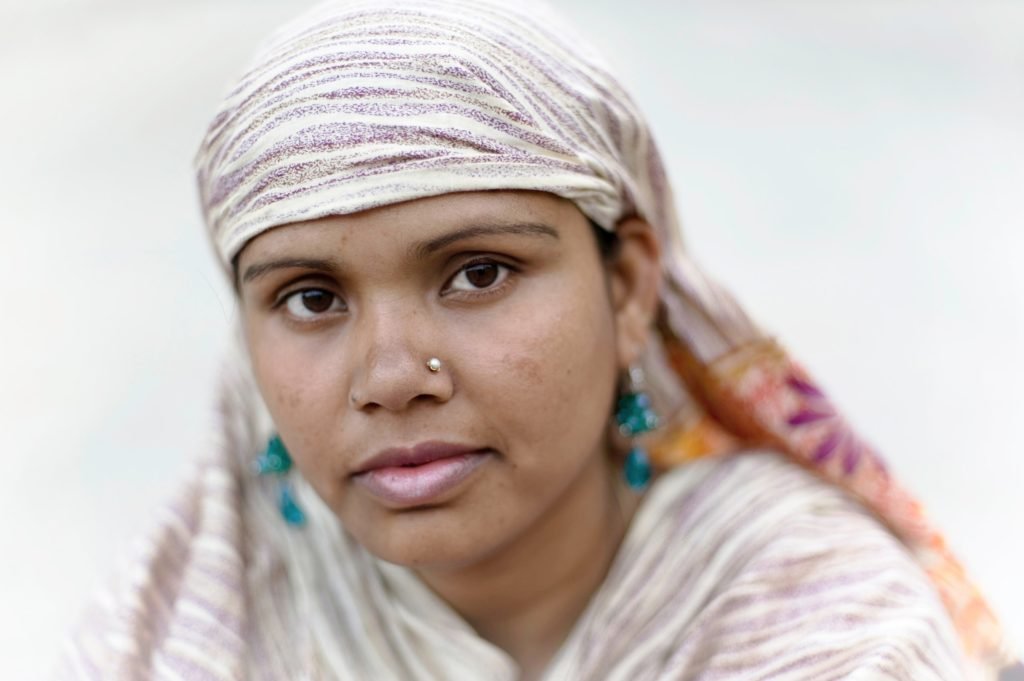
Beneficiaries of social enterprises
Tips and tools to profile them
Anyone interested in launching a social enterprise should always define first its social impact mission. During this initial phase, identifying the core beneficiaries inevitably goes along. But what is a “beneficiary”? Are beneficiaries the same as “customers”? And how can we profile beneficiaries the right way?
Beneficiaries and Customers: a brief overview
Traditional businesses usually tend to deal with customers only. Simply put, customers are those people (or companies) who buy a product/service to get benefits out of it. However, as our fellow colleagues from SoJo discussed in this article, social entrepreneurship slightly differs from this logic.
As a matter of fact, social businesses tackle specific social problems and implement different kinds of interventions in order to solve them. Obviously, people who are directly affected by such problems should be the same ones benefitting the most from those interventions. Because of that, beneficiaries are usually defined as those individuals who are directly linked to the social mission of a social organization and who derive the main benefits out of its actions.
Sometimes beneficiaries can afford to pay for the product/service sold by the social enterprise, thus being also its “customers“. However, depending on the context, beneficiaries might be unable to pay for the value they receive. When this occurs to happen, organizations need to get creative. While traditional charities and NGOs tend to rely on donors, social businesses and social enterprises choose instead to create value for (paying) third parties in order to generate income.



Just think about SEP Jordan for instance. This startup wanted to employ refugee women from Palestine and Syria, training them to become artisans. But how to do this while remaining financially sustainable? The company found a way to create value for another segment: high-spending, ethics-oriented women, willing to purchase the hand-embroidered accessories crafted by refugees.
This is just one example of mismatch between “beneficiaries” (people at the core a social enterprise’s mission) and “customers” (people/organizations ultimately paying for the intervention). Within the field of social entrepreneurship, this mismatch is quite common. And we have number of case studies analyzing these patterns, just in case you’re interested.
Beneficiaries of social enterprises: tools to profile them






Conclusion
Empathy Maps and Personas were first conceived to gain deeper understanding of potential customers. Truth is, when it comes to social entrepreneurship, they work great for profiling beneficiaries too. From there, once understood and mapped the key traits of the target you are trying to serve, you can design relevant value propositions accordingly. Please bear in mind this is a fundamental step to make your social impact mission more likely to come true.
Did you like this article?
If so, then don’t forget to check out for more at Social Business Design.